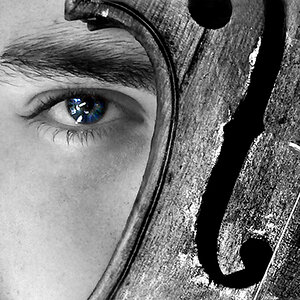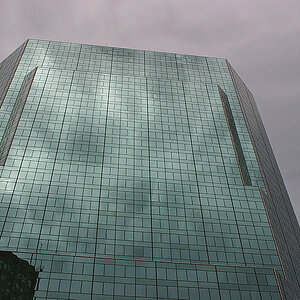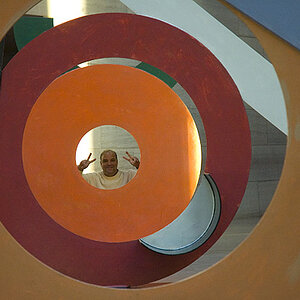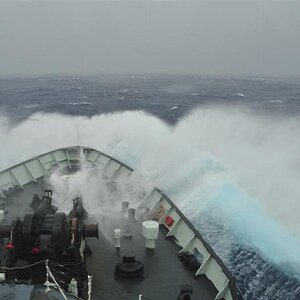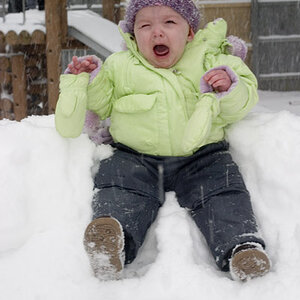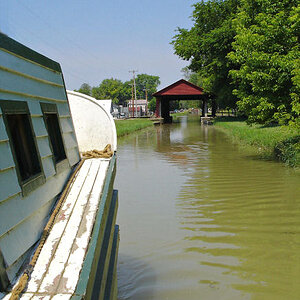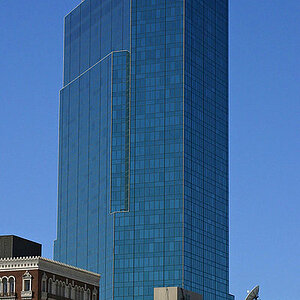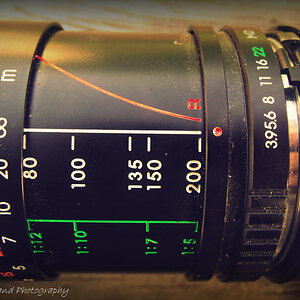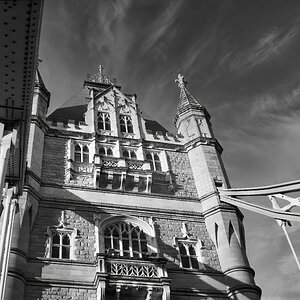toruonu
TPF Noob!
with 20D  I have dealt with astrophotography with professional equipment (nice telescopes with CCD cameras etc), but this is a first try with my own technology
I have dealt with astrophotography with professional equipment (nice telescopes with CCD cameras etc), but this is a first try with my own technology  So what I used was a tripod + 20D + Canon 300mm f/4L IS USM + Canon 1.4 EX II which gives a full frame for pleiades. Below you'll find the shot itself. I will try today or in the near days also to take a shot at Andromeda galaxy which should be exactly full frame for this configuration.
So what I used was a tripod + 20D + Canon 300mm f/4L IS USM + Canon 1.4 EX II which gives a full frame for pleiades. Below you'll find the shot itself. I will try today or in the near days also to take a shot at Andromeda galaxy which should be exactly full frame for this configuration.

it's 6 second exposure which already gets the dots to arcs so I have to experiment with higher iso levels and maybe removing the converter to get shutter speeds down
Technical parameters: 6s, f/5.6, ISO 100

it's 6 second exposure which already gets the dots to arcs so I have to experiment with higher iso levels and maybe removing the converter to get shutter speeds down
Technical parameters: 6s, f/5.6, ISO 100



